
Curlew
What kind of animal is Curlew?
A curlew is a type of bird that belongs to the genus Numenius.
It has a long, slender, downcurved bill and a mottled brown plumage.
Curlews are waders, which means they live near water and feed on mud or soft ground.
They use their long bills to probe for worms, crabs and other invertebrates.
Curlews are migratory, which means they travel long distances between their breeding and wintering grounds.
There are nine species of curlews, each with its own range and characteristics.
Some of the most well-known are the Eurasian curlew, the long-billed curlew and the whimbrel.
Curlews are ancient birds that have a worldwide distribution.
They are also vocal, making loud and distinctive calls that sound like their name.
Curlews are threatened by habitat loss, predation and hunting in some parts of the world.
Example of the color palette for the image of Curlew
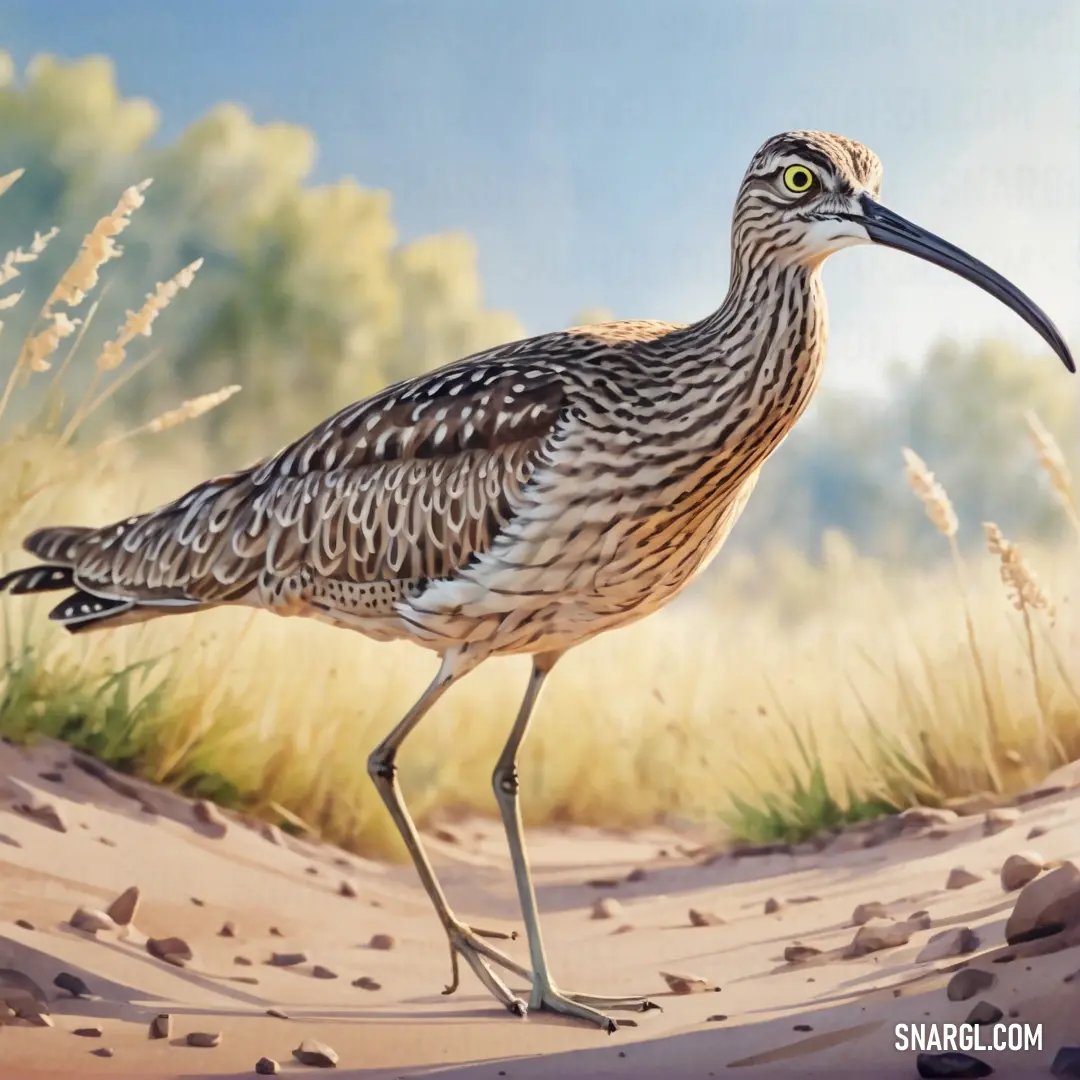
See these colors in NCS, PANTONE, RAL palettes...
What is the animal Curlew known for?
Curlews are a group of birds that belong to the genus Numenius, which means "new moon" in Latin, referring to their crescent-shaped bills.
They are known for their long, slender, down-curved bills and mottled brown plumage, which help them blend in with their habitats.
Curlews are also known for their distinctive calls, which sound like a mournful or bubbling whistle.
The name "curlew" is derived from the Old French word "corliu", meaning "messenger", and may have been influenced by the sound of their call.
Some people believe that the curlew's call is a sign of rain, death, or bad luck.
Curlews are found in various habitats around the world, such as grasslands, wetlands, coasts, and tundra.
They feed on mud or soft ground, probing for worms, insects, crustaceans, and other invertebrates with their bills.
They are mostly migratory, traveling long distances between their breeding and wintering grounds.
Curlews are among the most threatened groups of birds, due to habitat loss, hunting, predation, and climate change.
Some species, such as the Eskimo curlew and the slender-billed curlew, are critically endangered or possibly extinct.
Conservation efforts are underway to protect and restore the curlew's habitats, monitor their populations, and raise awareness about their plight.
Curlews are fascinating birds that have a unique appearance, a remarkable voice, and a wide distribution.
They are known for their adaptations to their environments, their long-distance migrations, and their cultural significance.
They are also known for their vulnerability to human activities, and their need for protection and conservation.
Where does the Curlew live?
The Curlew is a large wading bird with a distinctive long, curved bill.
It belongs to the genus Numenius.
The Curlew lives in different habitats depending on the season and its breeding status.
In the spring and summer, the Curlew migrates to its breeding grounds in upland areas of rough pasture, heather moorland and wetland.
Curlews breed on a range of habitats, but prefer rough grasslands, moorlands and bogs.
Some of their preferred nesting habitats are grasslands, prairies, pastures, and even cultivated farmland.
In the winter, the Curlew inhabits coastal areas, where it feeds on tidal mudflats, saltmarshes and nearby farmland.
The Curlew probes the mud and sand with its long bill, searching for worms, shellfish and shrimps.
The Curlew is a widespread and common bird in Europe, Asia, Africa and Australia, but its population has declined in some regions due to habitat loss, predation and hunting.
Example of the color palette for the image of Curlew
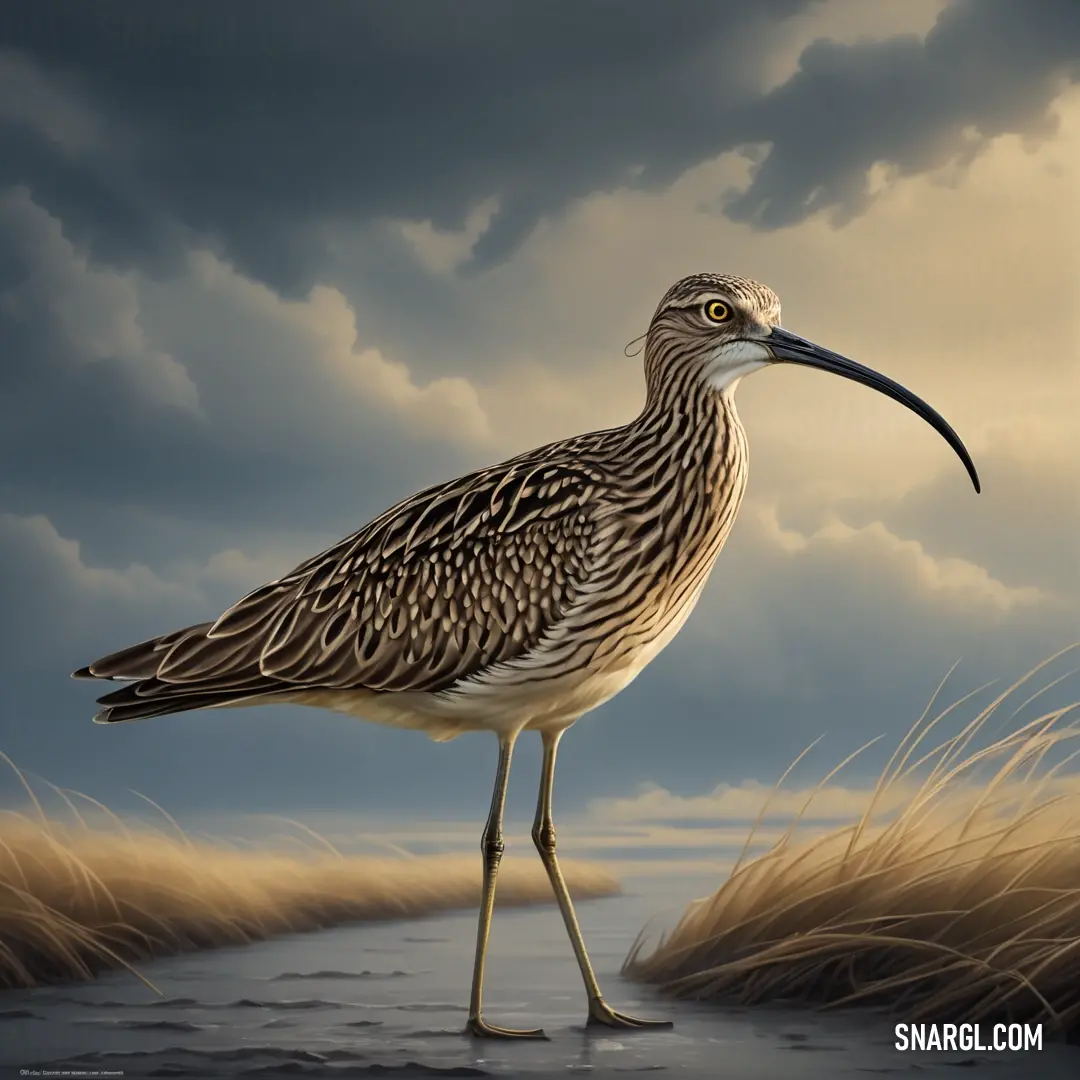
See these colors in NCS, PANTONE, RAL palettes...
What does the Curlew look like?
The curlew is a bird with a long curved bill
It likes to feed on worms and crabs and other things that squill
This bird has a brownish plumage and a white rump on its back
The curlew makes a bubbling sound that sounds like a quack
The curlew is a curious bird
It likes to bend its beak
It probes the mud and sand and dirt
To find the food it seeks
But sometimes it gets too ambitious
And tries to catch a fish
It plunges its bill into the water
And ends up with a swish
The fish is too big and slippery
It wriggles out of its grip
The curlew is left wet and hungry
And feels like such a drip
So next time you see a curlew
Don't laugh at its plight
It's doing its best to survive
In the day and in the night
Example of the color palette for the image of Curlew
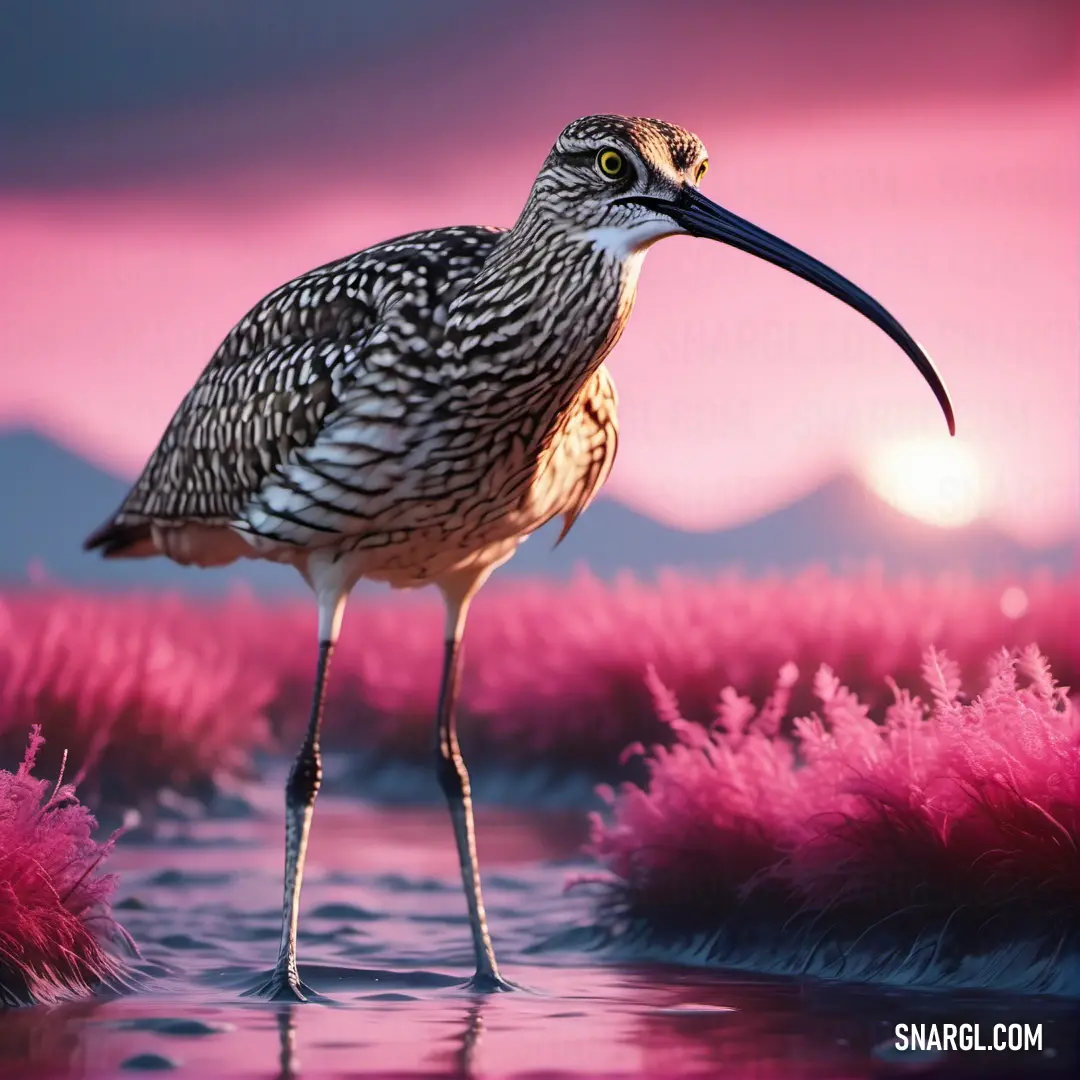
See these colors in NCS, PANTONE, RAL palettes...

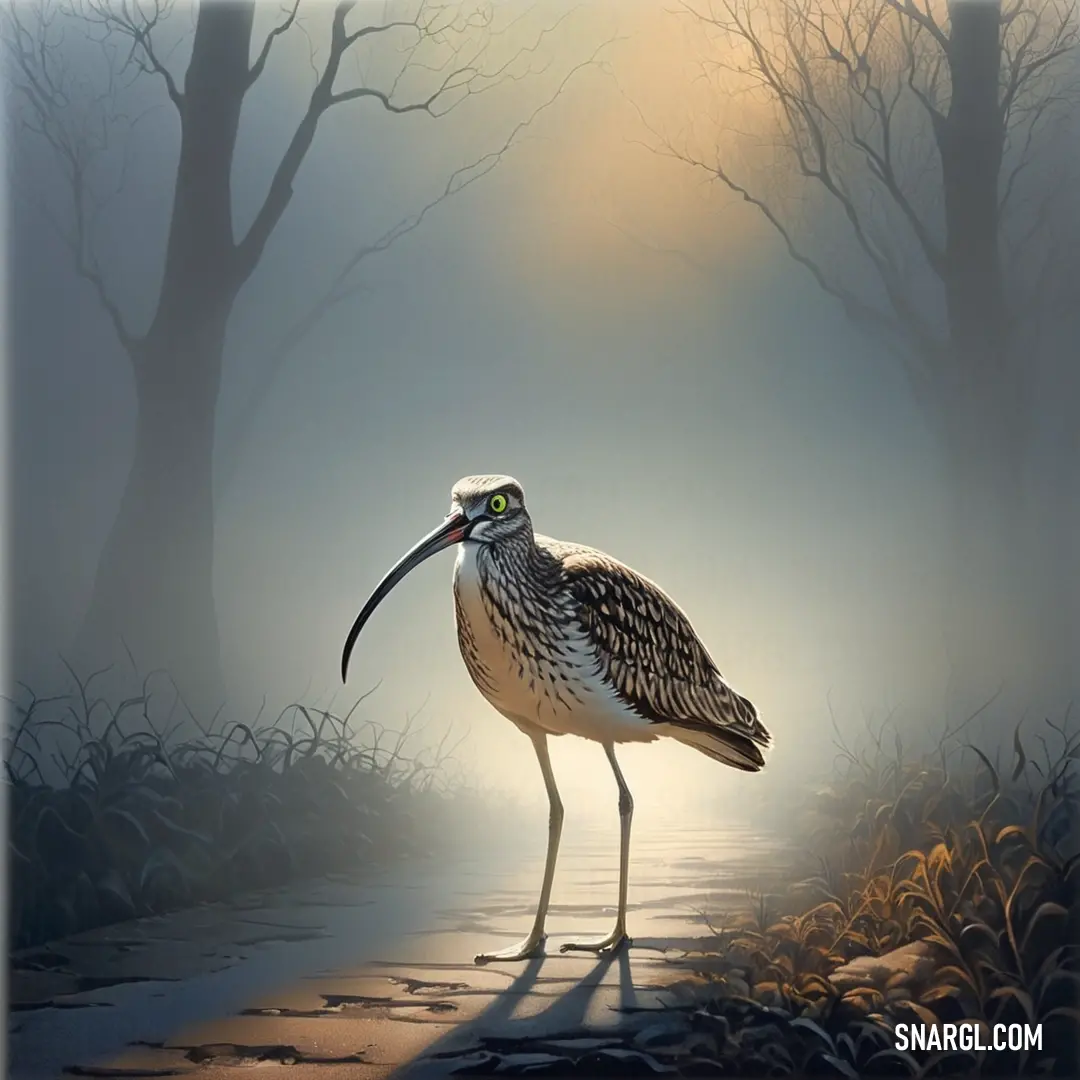
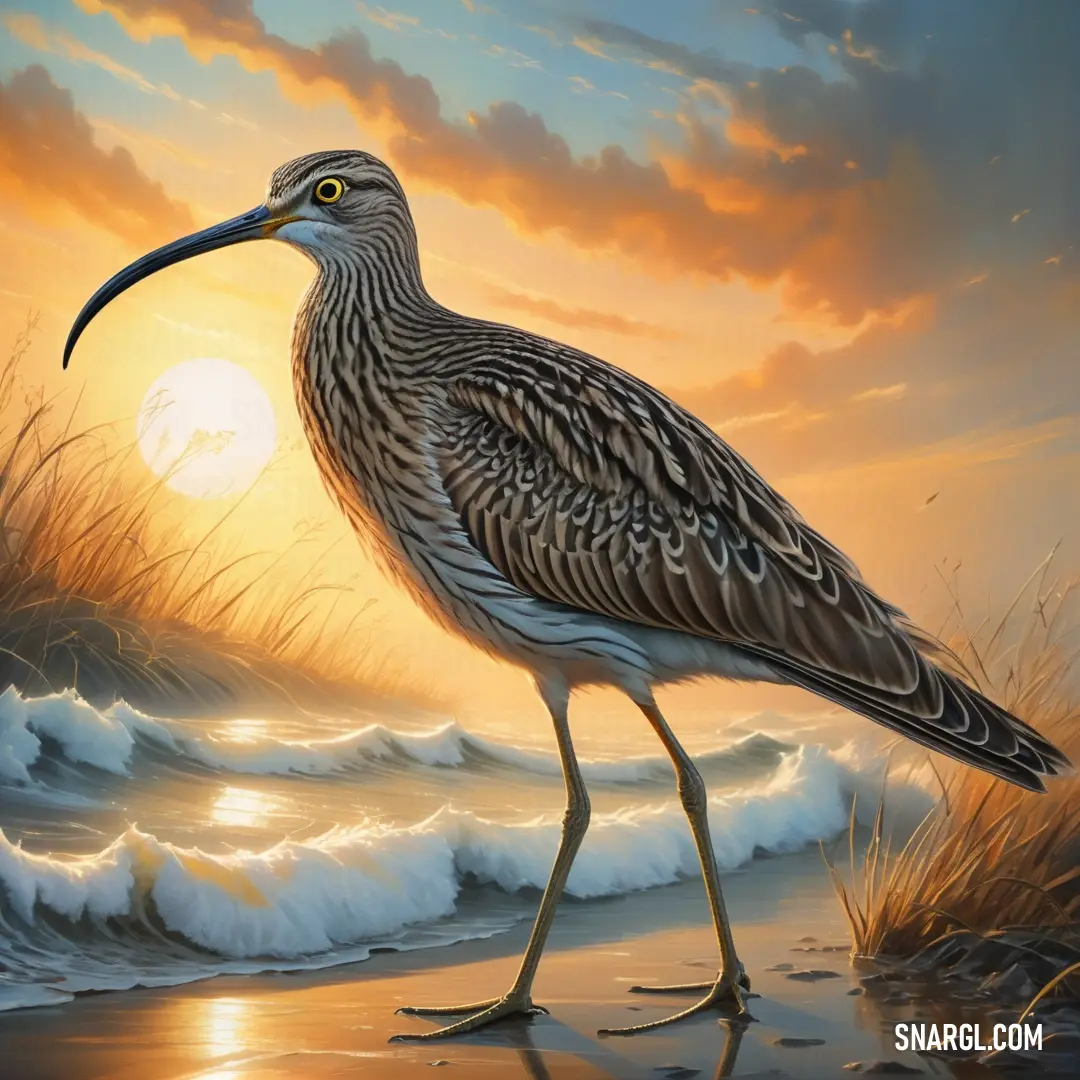
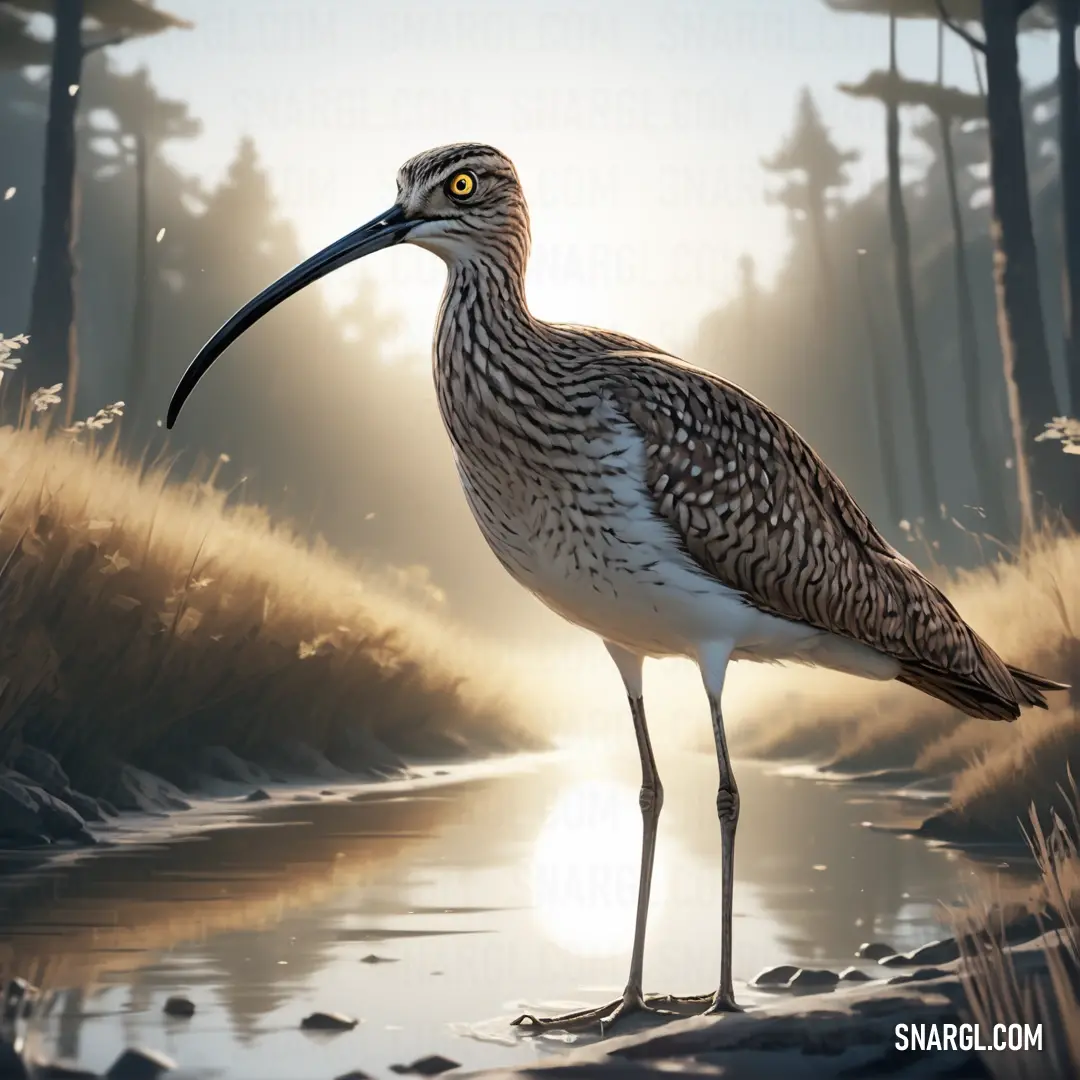
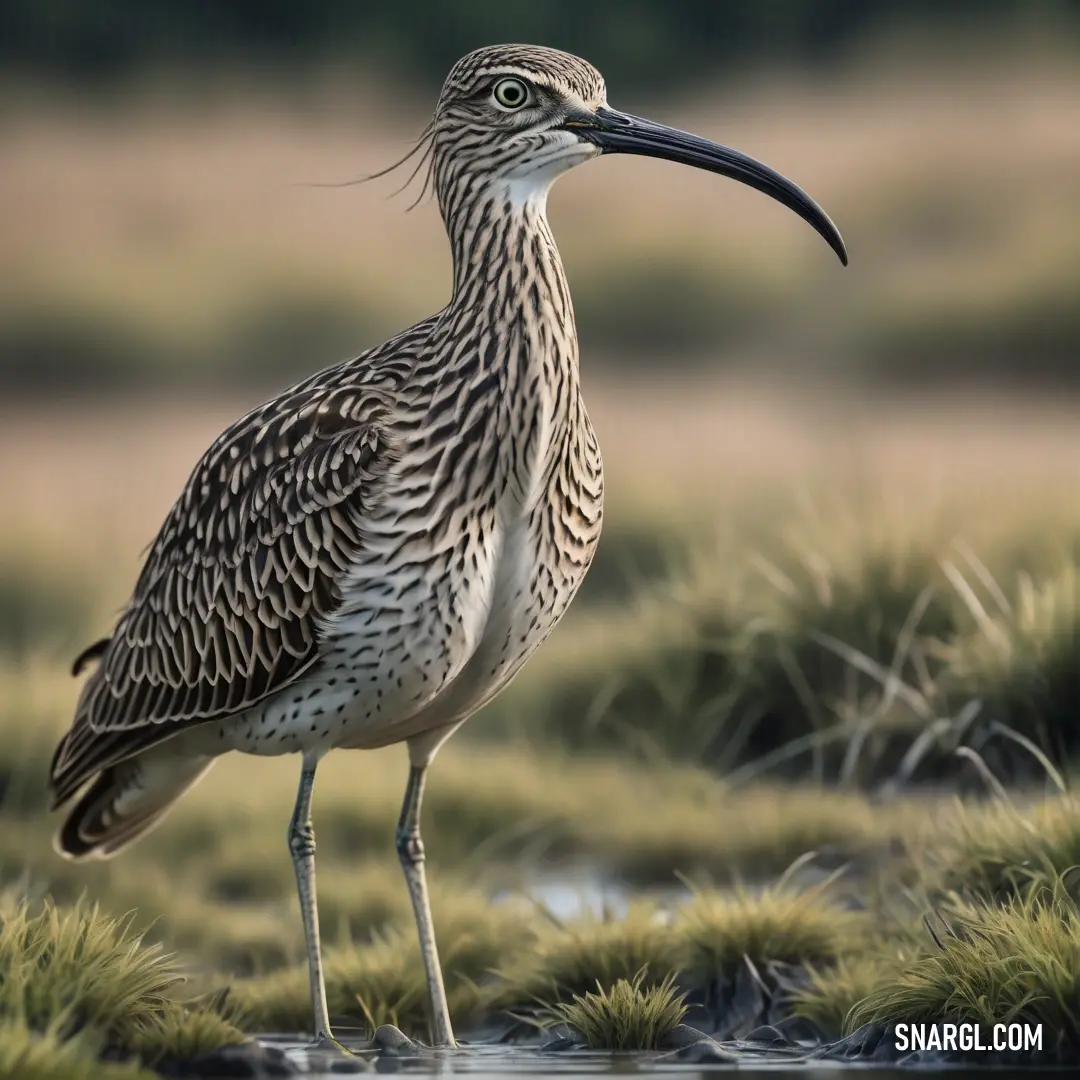
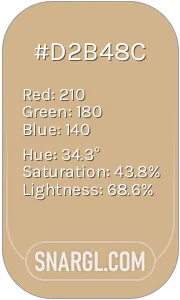 Tan
Tan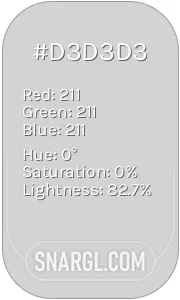 Light gray
Light gray Liver
Liver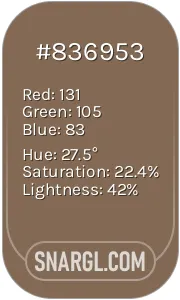 Pastel brown
Pastel brown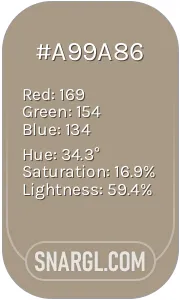 Grullo
Grullo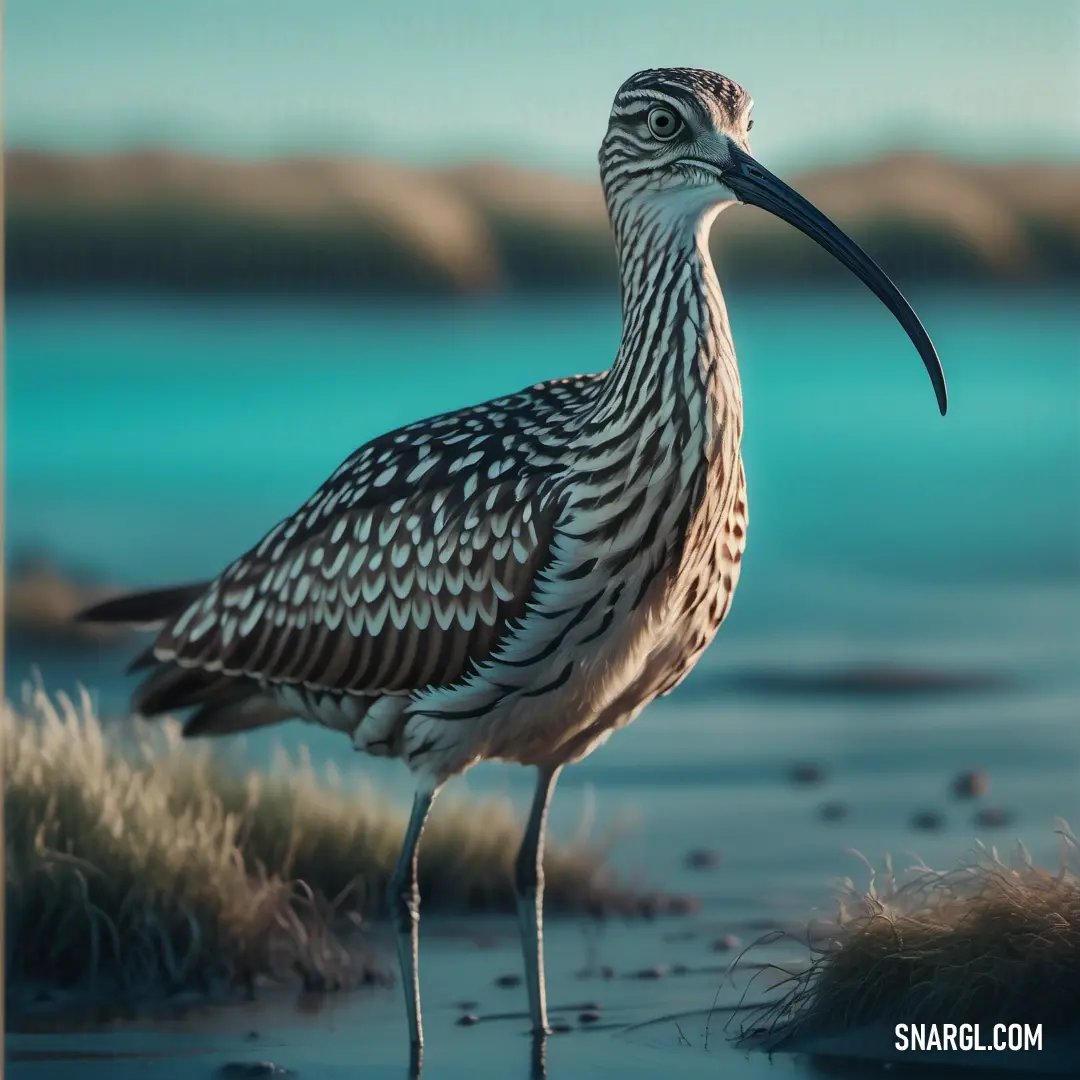
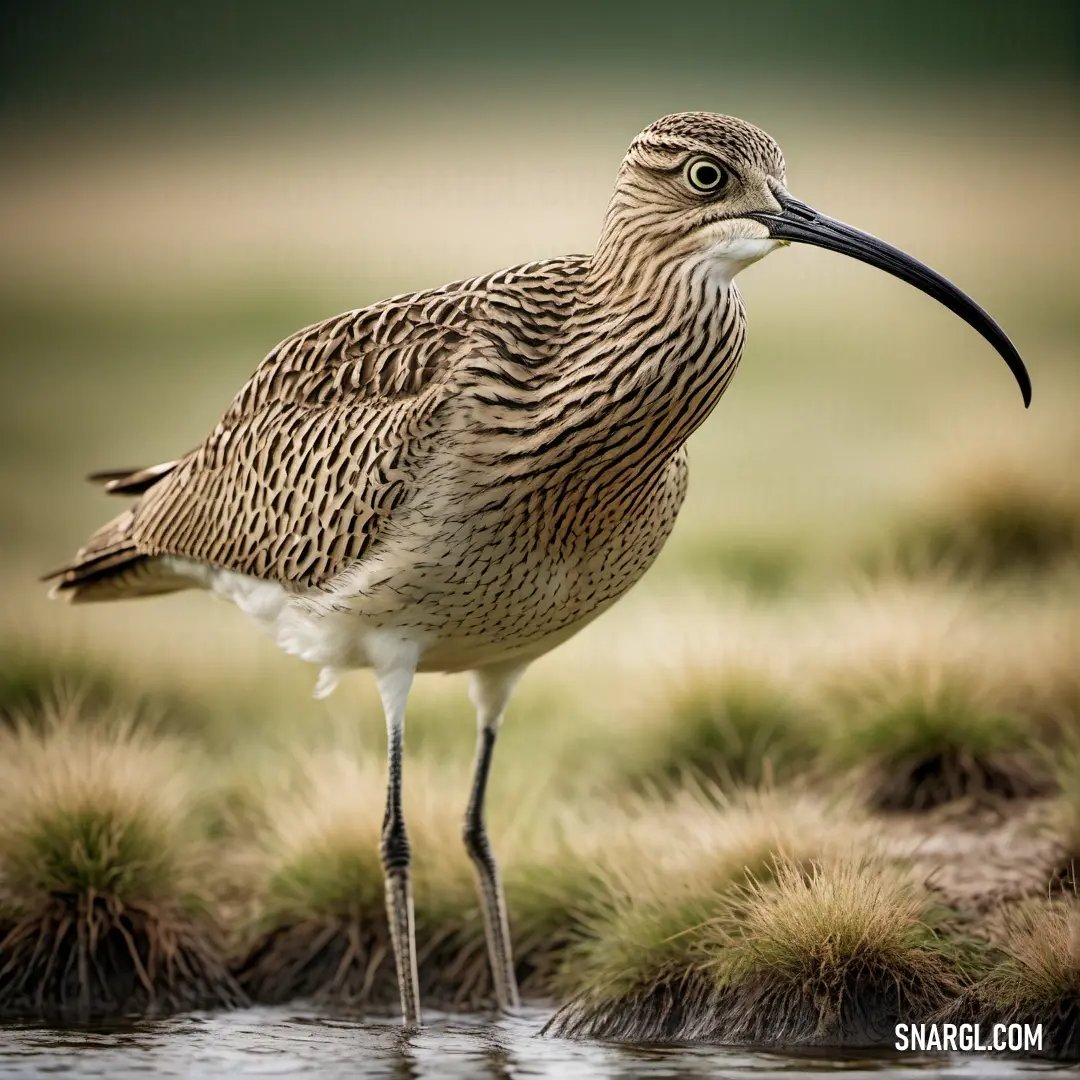
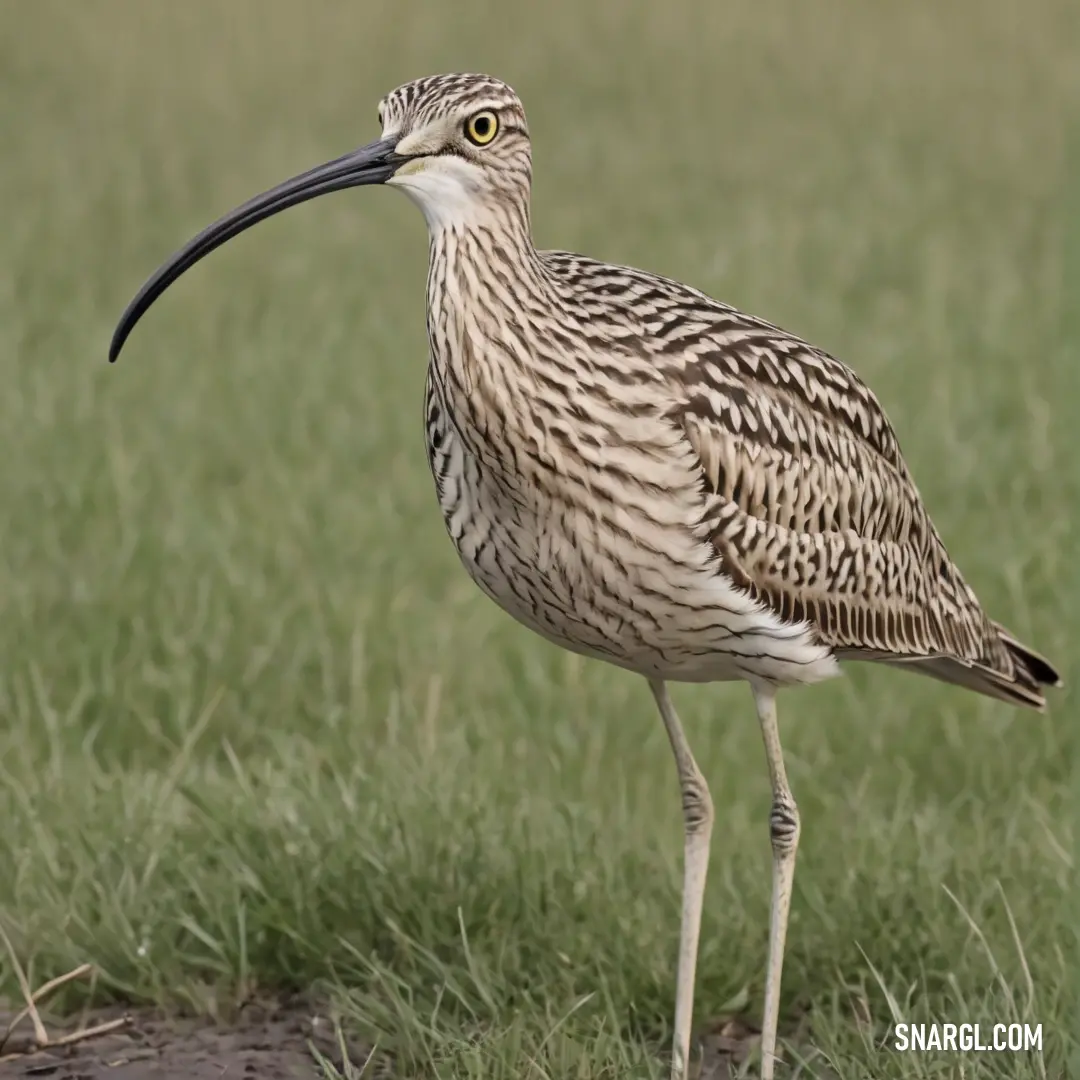
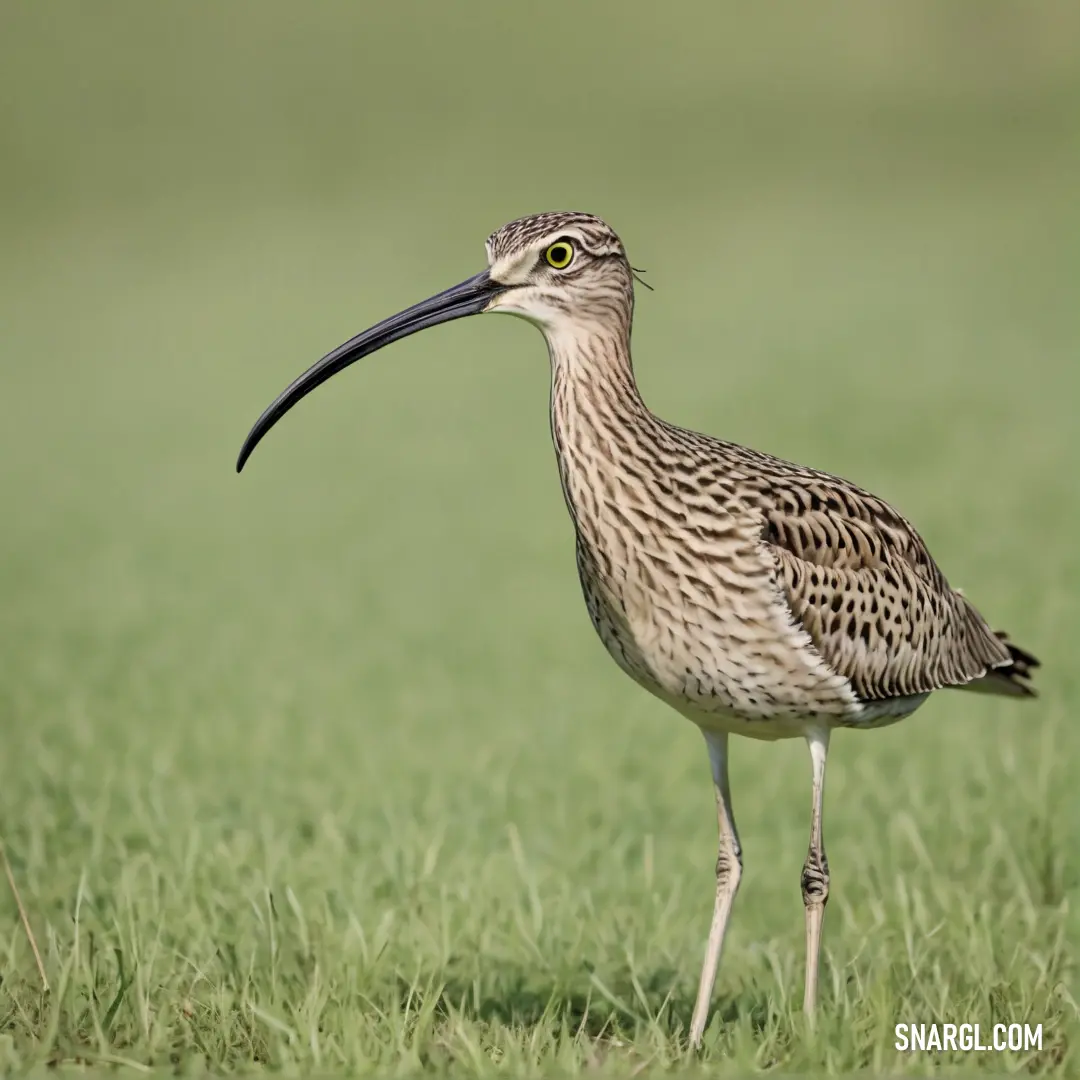
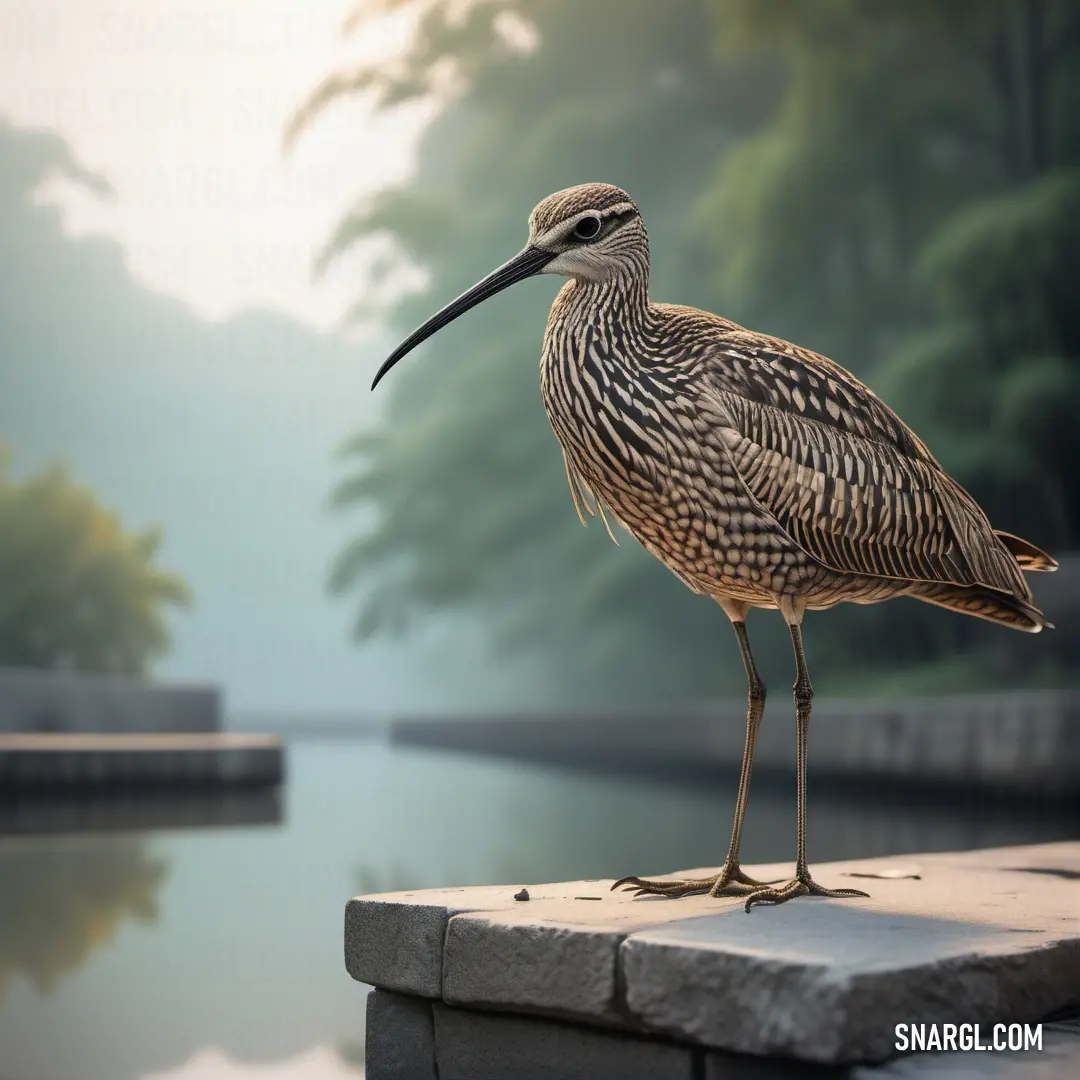
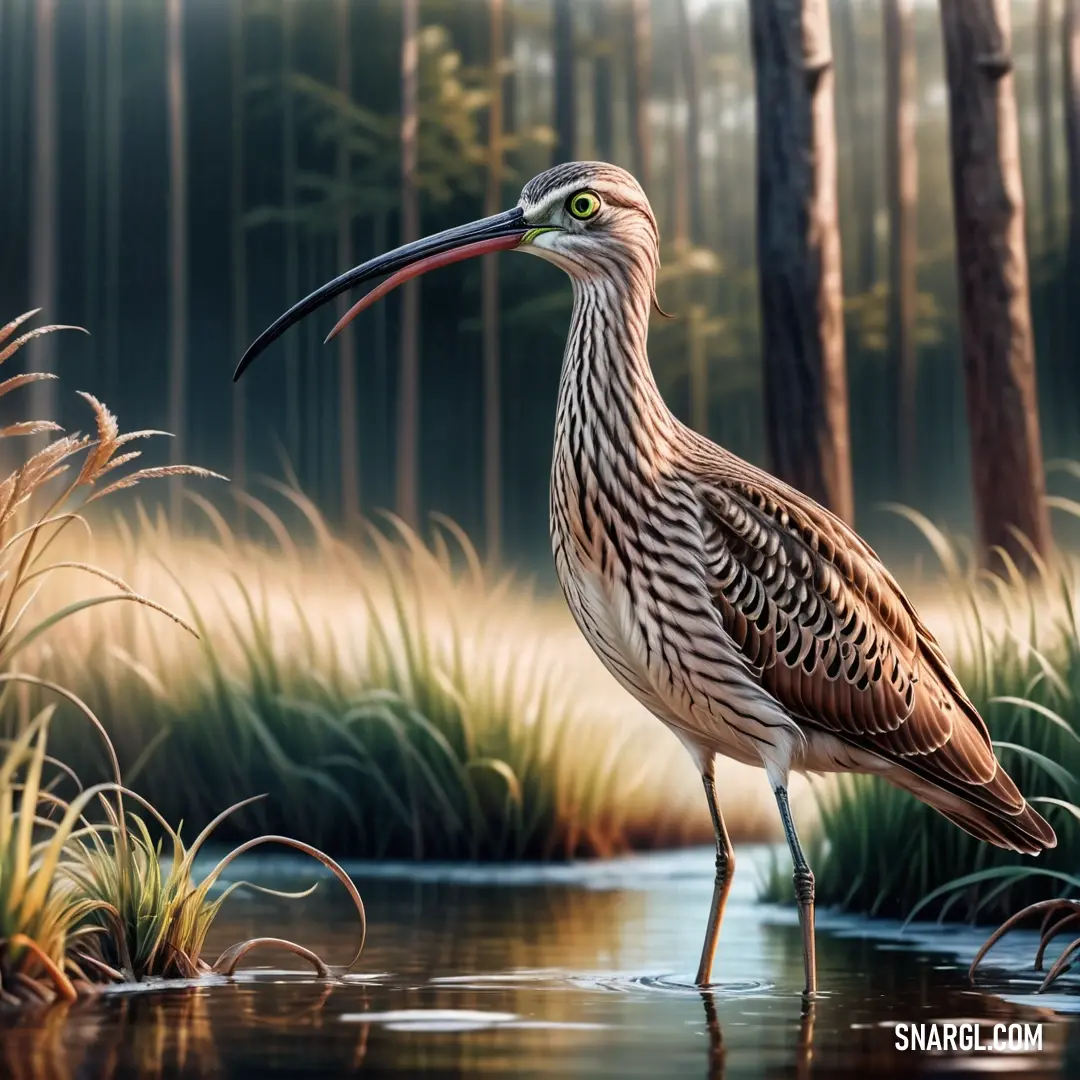
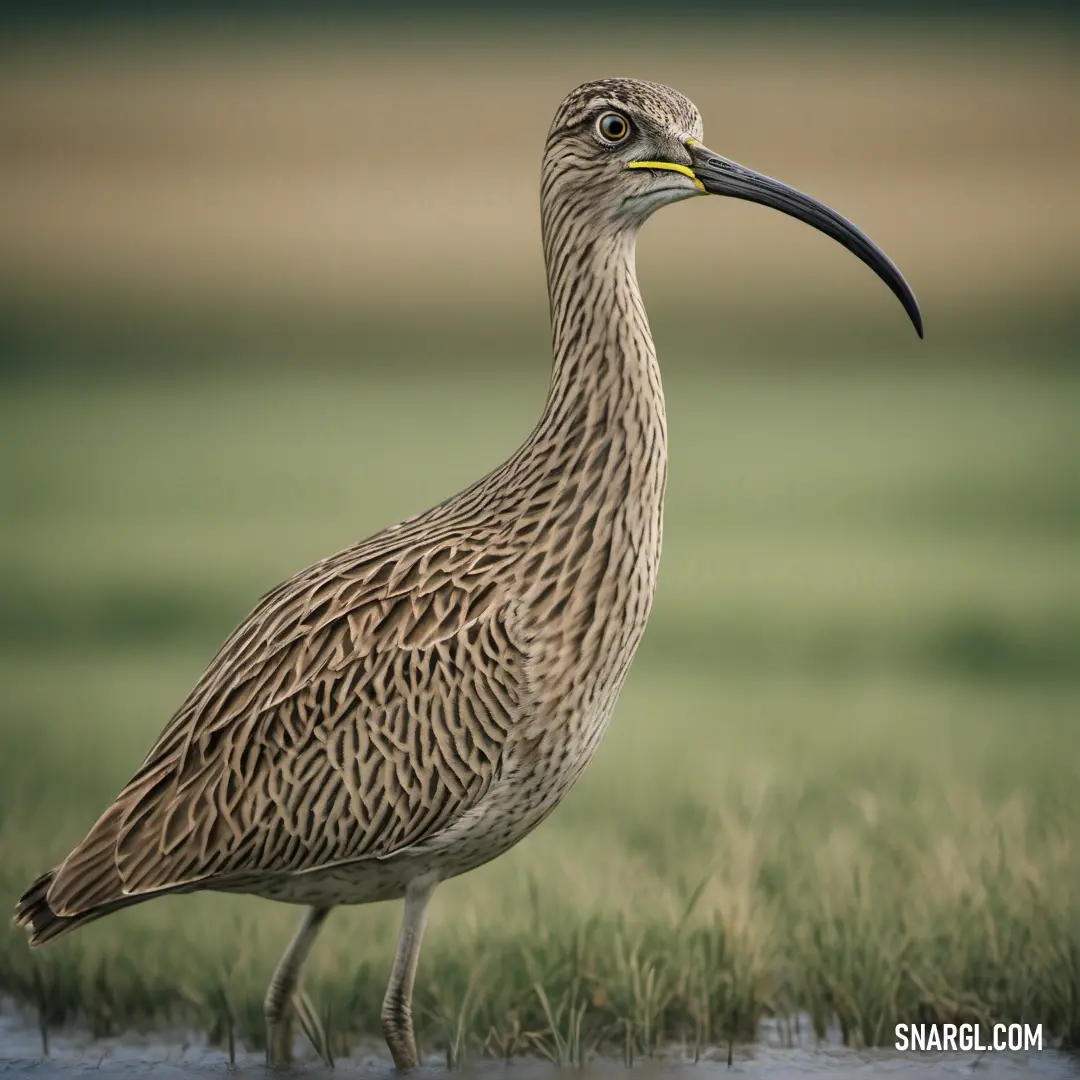
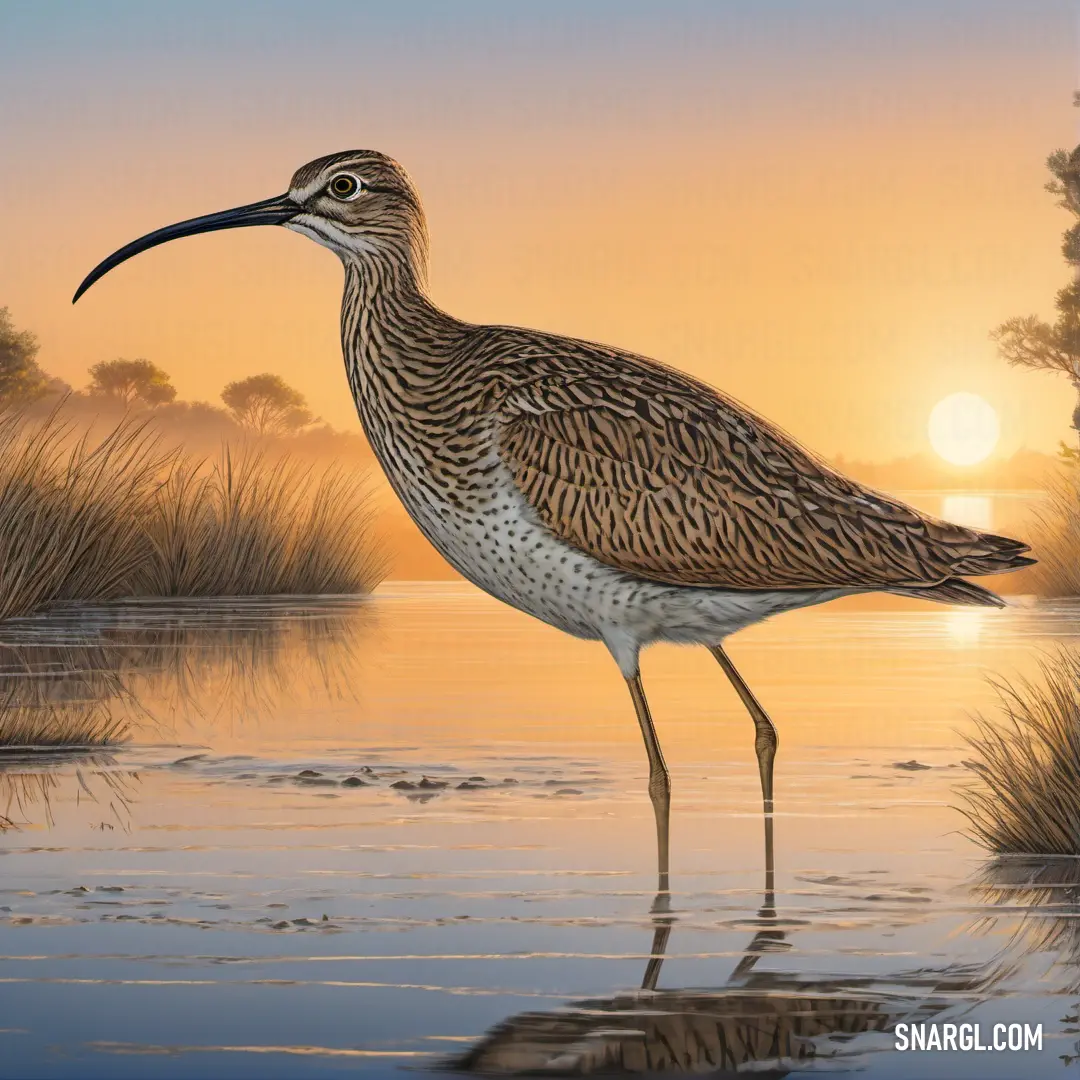
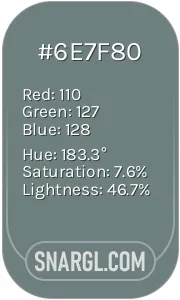 AuroMetalSaurus
AuroMetalSaurus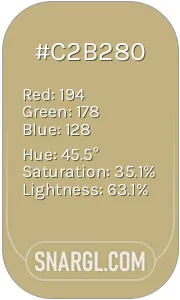 Ecru
Ecru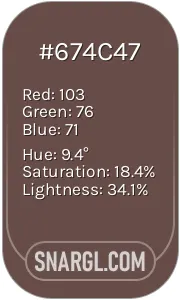 Medium taupe
Medium taupe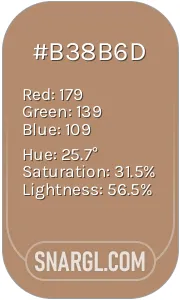 Light taupe
Light taupe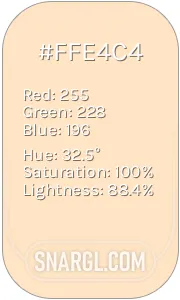 Bisque
Bisque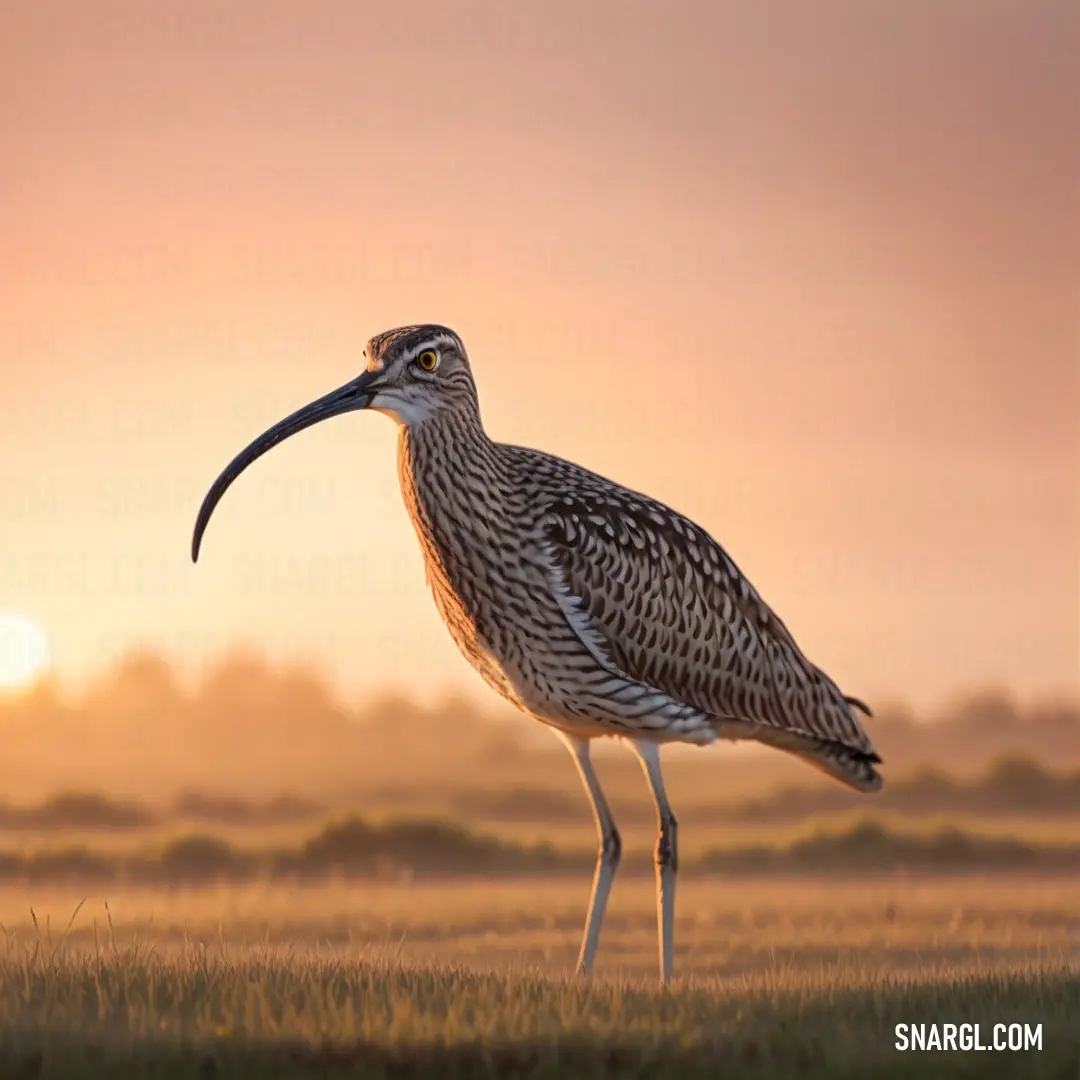
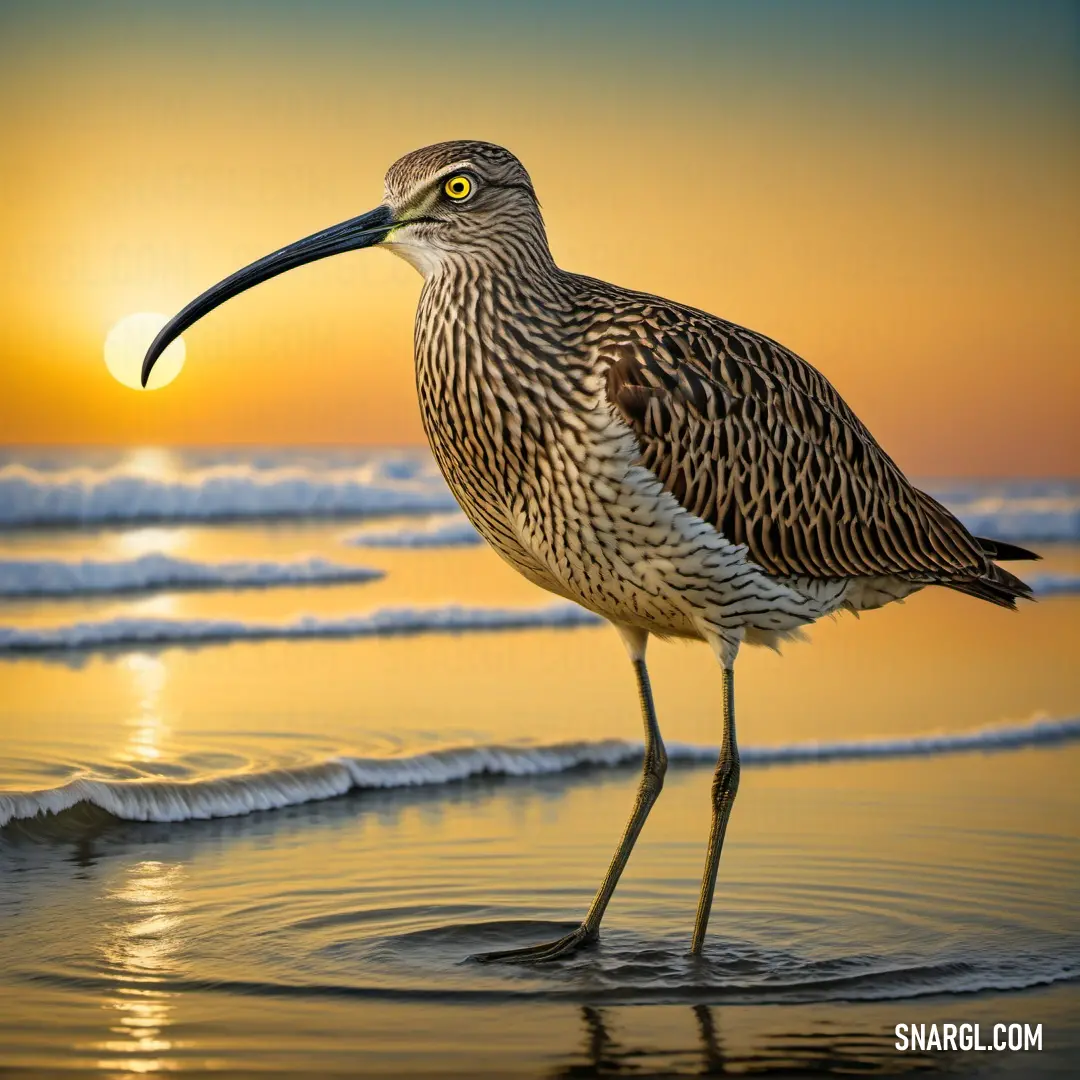
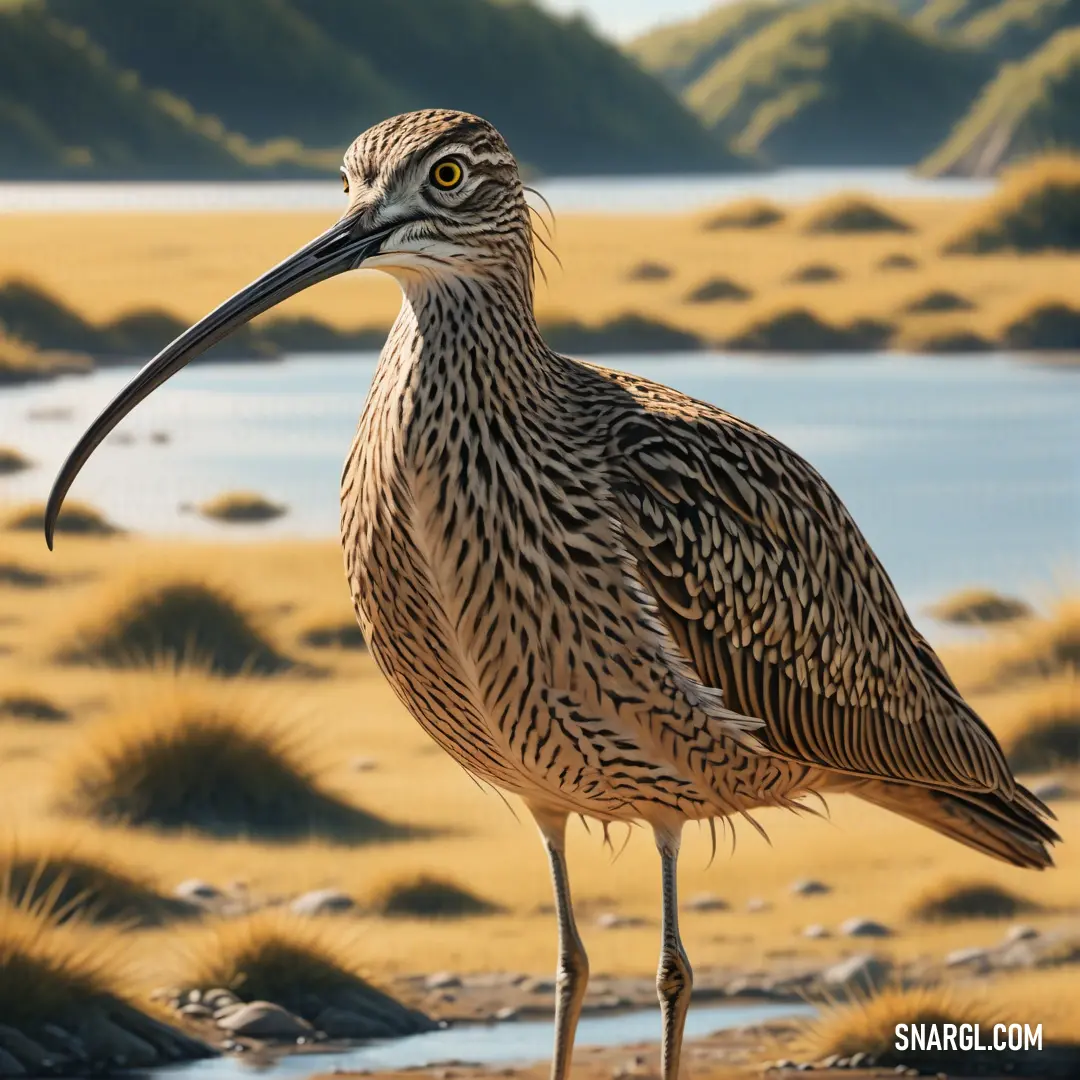
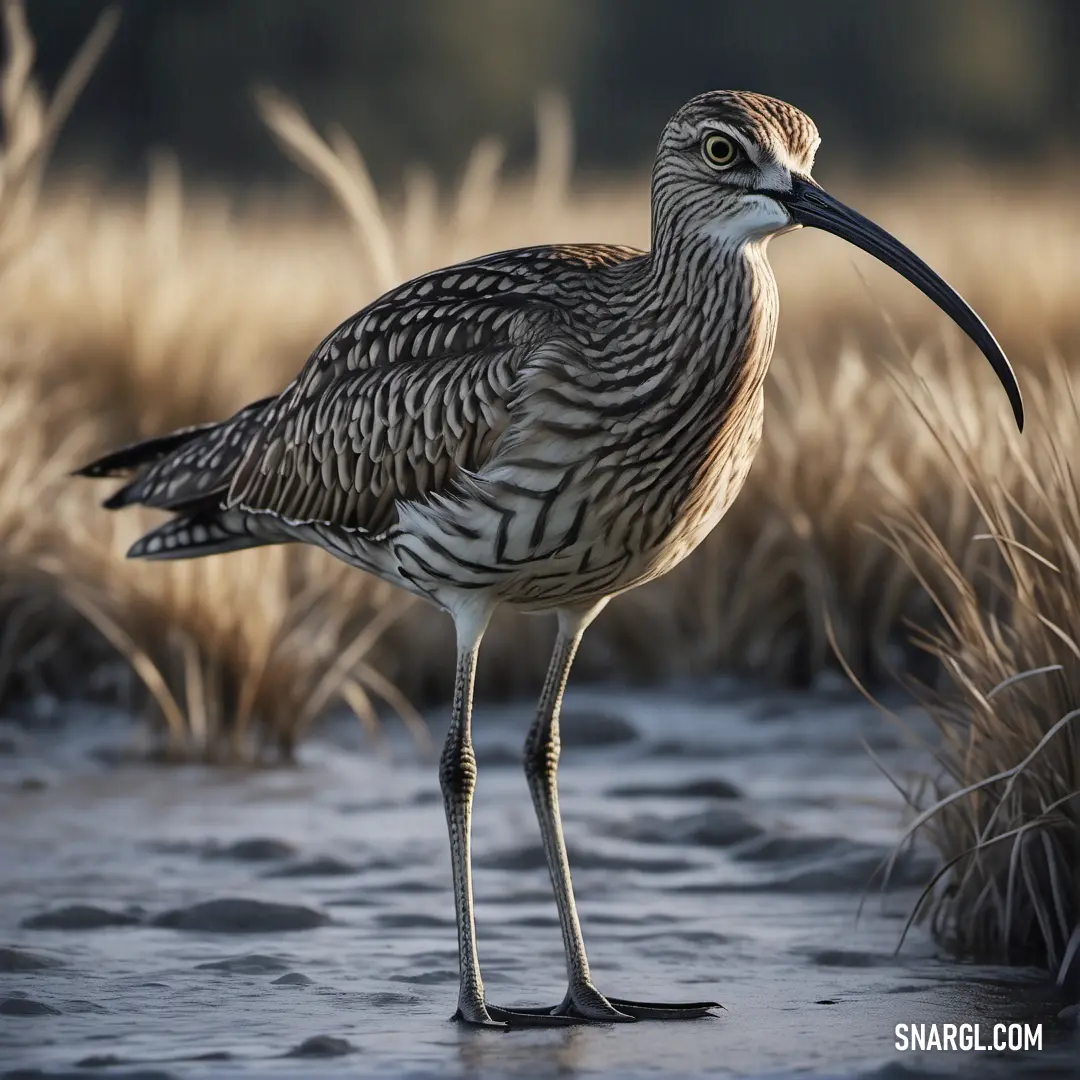
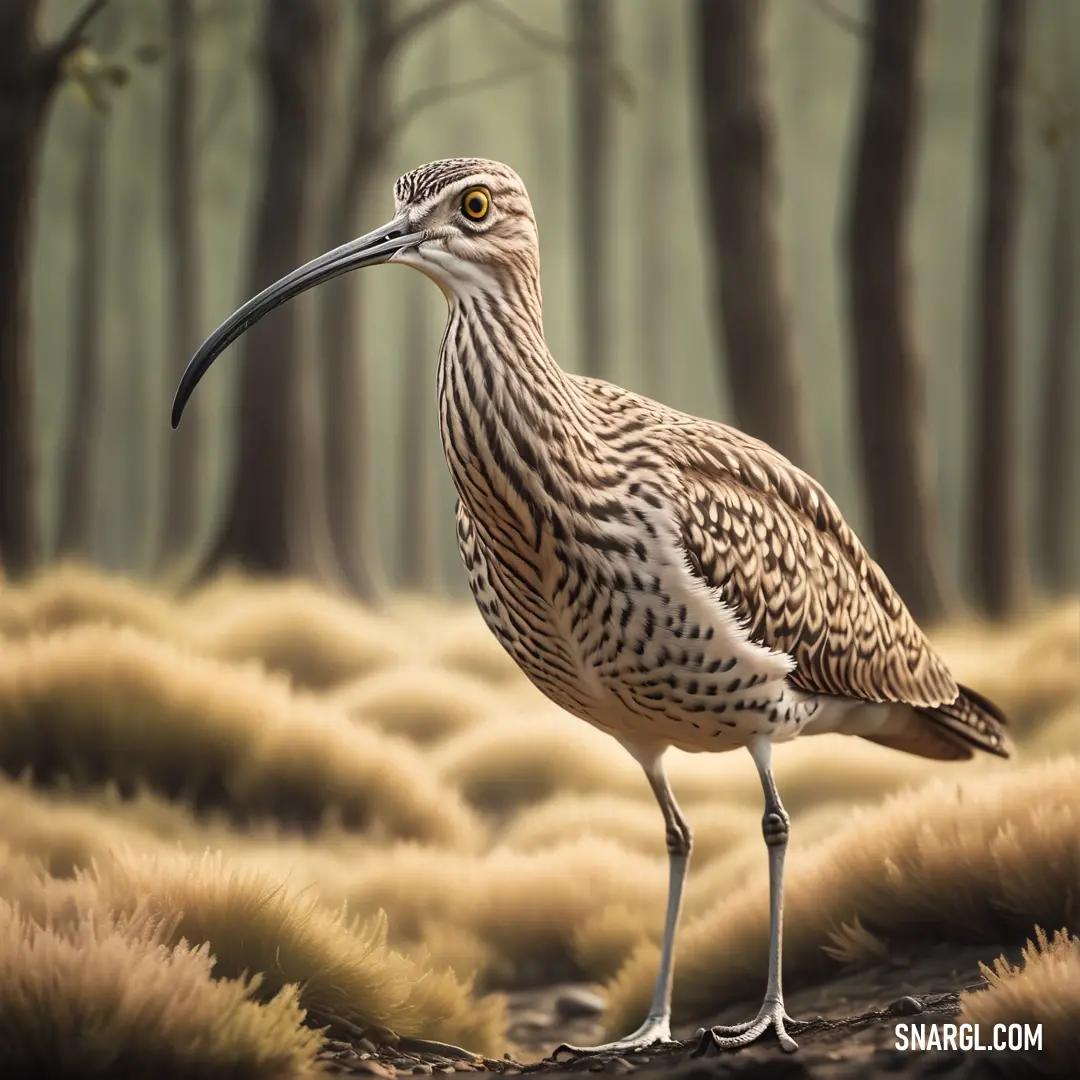
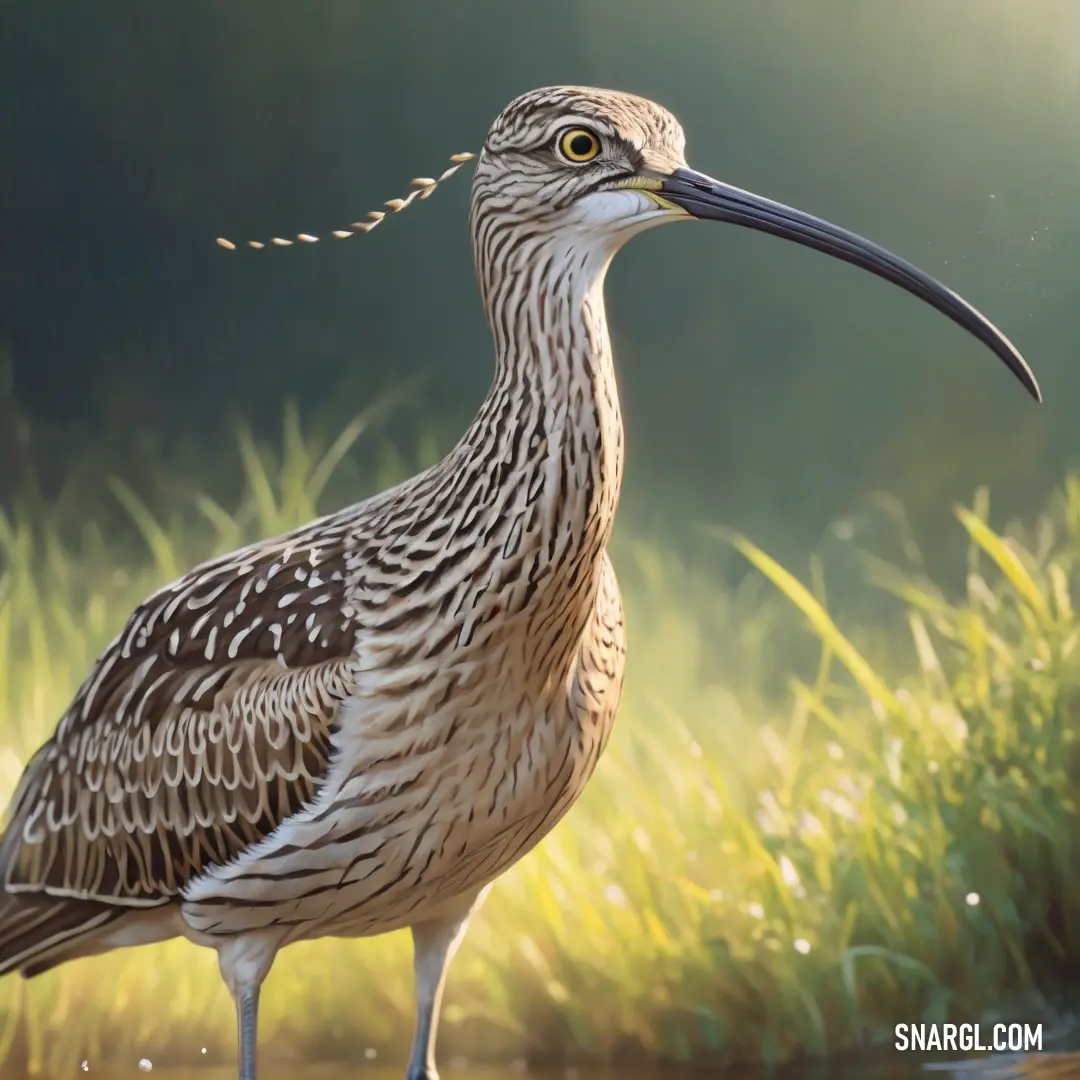
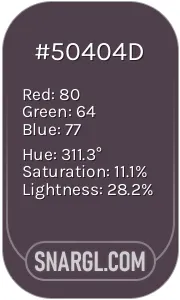 Purple taupe
Purple taupe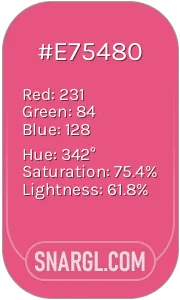 Dark pink
Dark pink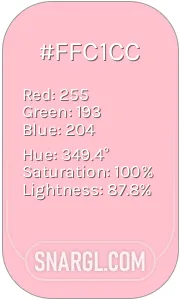 Bubble gum
Bubble gum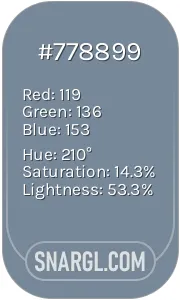 Light slate gray
Light slate gray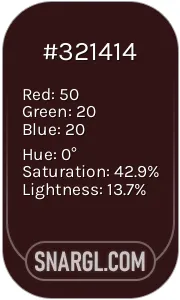 Seal brown
Seal brown